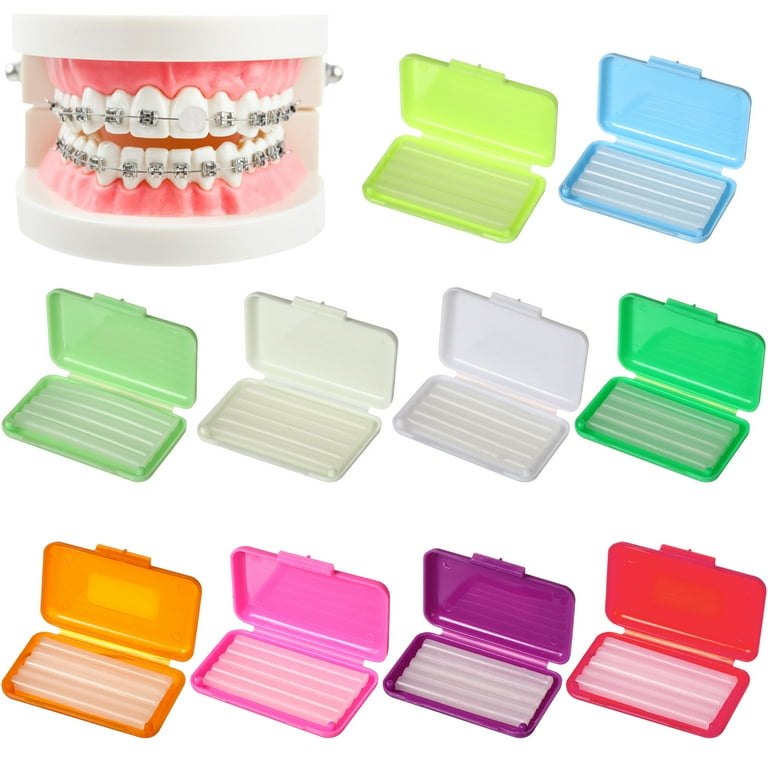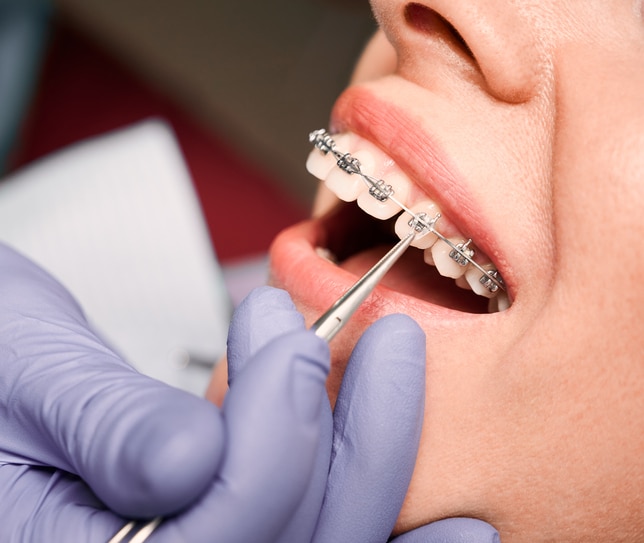Comprehensive Guide to Orthodontics Treatments for Correcting Dental Misalignments
In the world of orthodontics, the trip to achieving a completely aligned smile involves a myriad of treatments customized to correct dental imbalances. From conventional braces to undetectable aligners and also medical alternatives, the area of orthodontics supplies a range of services to deal with varying degrees of dental irregularities. Comprehending the ins and outs of each treatment, including their systems, benefits, and prospective disadvantages, is critical in making educated choices concerning one's orthodontic therapy. As we browse with the detailed overview to orthodontic procedures for fixing dental misalignments, the intricate details of each method will certainly unravel, clarifying the path toward a harmonious and functional oral positioning.
Orthodontic Procedures Summary

Routine modifications and surveillance are crucial parts of orthodontic treatment to guarantee development is on track and to make any type of needed alterations along the means. By undertaking orthodontic treatments, patients can not just achieve a straighter grin yet additionally enhance their total oral health and feature.
Typical Dental Braces: How They Function
When thinking about orthodontic treatments for oral misalignments, typical braces stand apart as a tried and true method for correcting teeth placing. Conventional dental braces contain braces, cables, and bands that interact to use constant stress on the teeth, gradually relocating them into the wanted alignment. The braces are attached to the teeth making use of a special adhesive, and the cables are threaded via the brackets. By readjusting the tension of the cables, orthodontists can regulate the direction and pressure applied to each tooth, guiding them right into correct positioning with time.
As pressure is used to the teeth with the dental braces, the bone surrounding the teeth is improved to sustain the new tooth settings. People will need regular changes at the orthodontist's office to guarantee the dental braces proceed to apply the correct stress for efficient teeth activity.
Unseen Aligners: Advantages And Disadvantages
These clear, tailor-made trays are practically unseen when used, making them an appealing alternative for individuals looking for a much more aesthetically pleasing orthodontic therapy. Individuals can eliminate the aligners prior to eating or cleaning their teeth, decreasing the danger of food getting stuck in the device and simplifying the cleansing process.

Surgical Orthodontic Options
Surgical treatments in orthodontics existing feasible choices for resolving intricate oral misalignments that may not be efficiently fixed with traditional orthodontic treatments. While standard braces and unnoticeable aligners can deal with several orthodontic problems, specific cases require medical intervention to achieve optimal outcomes. Surgical orthodontic choices are usually recommended for severe malocclusions, substantial jaw inconsistencies, and situations where the underlying bone structure requires adjustment to achieve proper placement.
One typical surgical orthodontic treatment is orthognathic surgical treatment, which involves rearranging the jaws to remedy practical problems such as difficulty chewing or talking. This surgical treatment is typically performed in collaboration with an orthodontist that assists align find out this here the teeth before and after the treatment. Surgical orthodontics may also entail treatments to subject impacted teeth, remove excess periodontal tissue, or reshape the jawbone to create a much more harmonious face account.
Prior to thinking about surgical orthodontic options, clients undertake a thorough analysis to figure out the requirement and prospective benefits of such interventions. cumming invisalign. While surgical treatment might seem difficult, it can substantially enhance both the function and aesthetic appeals of the smile in cases where standard orthodontic treatments drop short
Retainers and Post-Treatment Treatment

Post-treatment care includes complying with the orthodontist's guidelines diligently. This may include appropriate oral hygiene methods, participating in follow-up consultations, and putting on the retainers as prescribed. Failure to comply with post-treatment care directions can lead to regression, where the teeth slowly return in the direction of their initial placements. Regular retainer wear, excellent oral hygiene, and regular dental exams are important for preserving the results achieved through orthodontic surgery and ensuring the long-term security of the dealt with oral placement.
Verdict
In conclusion, orthodontic treatments use various options for correcting oral original site misalignments. Surgical orthodontic choices are readily available for extra severe misalignments. On the whole, orthodontic procedures can properly enhance oral health and wellness and aesthetic appearance.
As we navigate with the extensive guide to orthodontic procedures for remedying oral imbalances, the detailed information of each method will certainly unfold, losing light on the path toward a useful and harmonious dental positioning. - cumming aligners
One of the most typical orthodontic treatments is the usage of braces, which consist of steel brackets and cords that use gentle pressure to gradually shift teeth into the wanted placement.When thinking about orthodontic treatments for oral imbalances, typical braces stand out as a tried and true method for fixing teeth placing. Furthermore, unseen aligners might not be appropriate for complex orthodontic issues that require even more significant teeth activity, as they are normally advised for light to moderate situations. Retainers are custom-made orthodontic tools made to hold teeth in their remedied positions after the conclusion of orthodontic therapy.